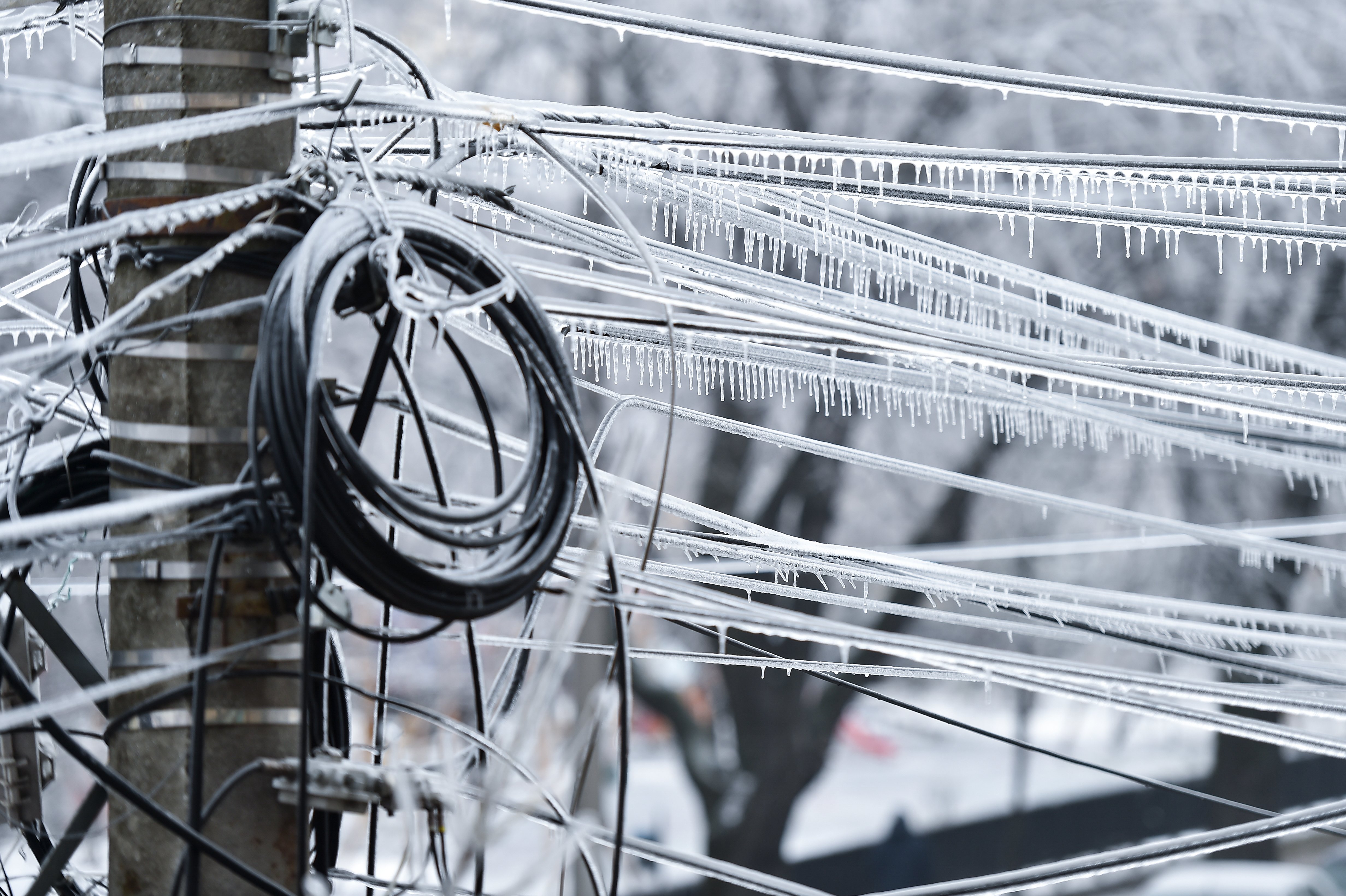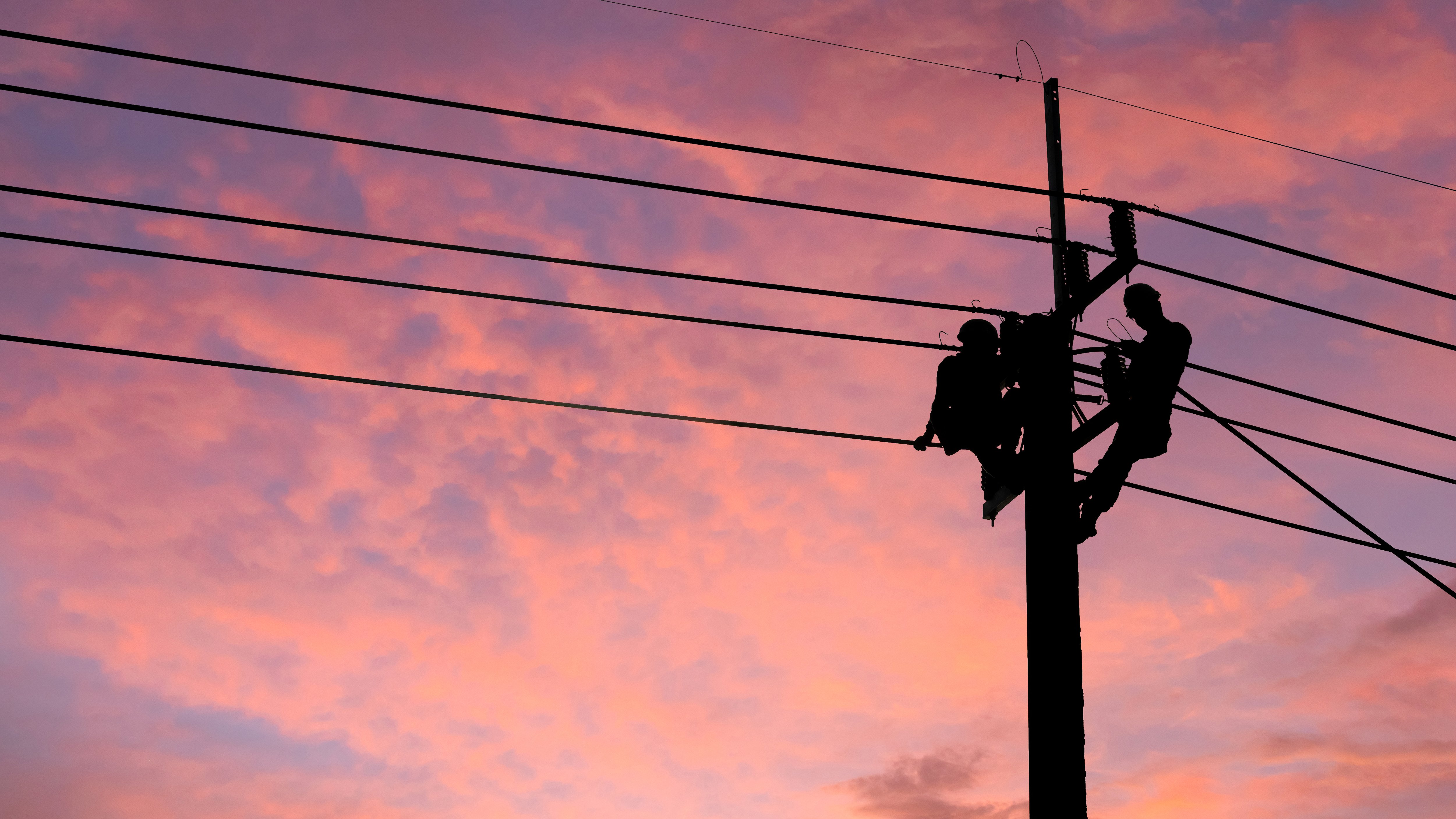The following is an excerpt from our 5 Problems Data Can Solve for Utilities (And 1 Problem It Can’t Solve) ebook. You can access the full report here.
THE Problem
One of the most common causes of outages is—surprise—vegetation-related incidents. Tree canopies obscure power lines, meaning aerial inspections may miss problems until it’s too late. Dense vegetation keeps ground teams from reaching assets for inspections or repairs. Dry brush near electrical assets is a fire hazard. And overgrown foliage gives animals easy access to power lines.
If you could receive warnings about potential vegetation encroachment before it happened, this problem would be mostly solved. But that very vegetation is what makes it difficult to get good data, slowing down analysis and creating a negative spiral.
“Traditionally, vegetation management was done via boots on the ground, which is slow, or helicopters, which are dangerous,” says Patrick Mills, Director of Data Services at PrecisionHawk. “It’s high cost, high risk work...and being able to implement solutions to get better and faster data while mitigating these risks is really important for utilities.” Data analysis is typically manual as well, with an analyst looking at data sets to identify zones of encroachment and the vegetation within those zones—making the process even slower and more error-prone.

THE Data Fix
Machine learning (ML) and artificial intelligence (AI) team up to accelerate data collection and analysis, making early warning of vegetation issues a reality.
This technology identifies encroachment zones based on parameters that can be set by users, analyzes the vegetation within those zones, and evaluates the data on plant size. And thanks to predictive analytics, the solution doesn’t just identify vegetation encroachment...it quantifies the issue by evaluating species and growth patterns, allowing it to red-flag issues before they happen.
From there, utilities receive real-time, actionable reports—so they can take care of vegetation issues ASAP. “This solution can turn around encroachment zones within 24 hours instead of days or weeks,” says Mills. Eventually, this window may shrink down to under an hour.
Using agnostic collection procedures can streamline the workflow even more by getting more data into the system more quickly. Helicopters don’t have good line-of-sight past a tree canopy? Send in a ground team. The ground team can’t inspect the vegetation due to unsafe conditions? Use a drone. Using a range of image capture and analysis solutions—RGB, NDVI, or LiDAR—adds to the speed and accuracy of the vegetation data.
Download our ebook, 5 Problems Data Can Solve for Utilities (And 1 Problem It Can’t Solve), to learn how you can improve your utility with data.




